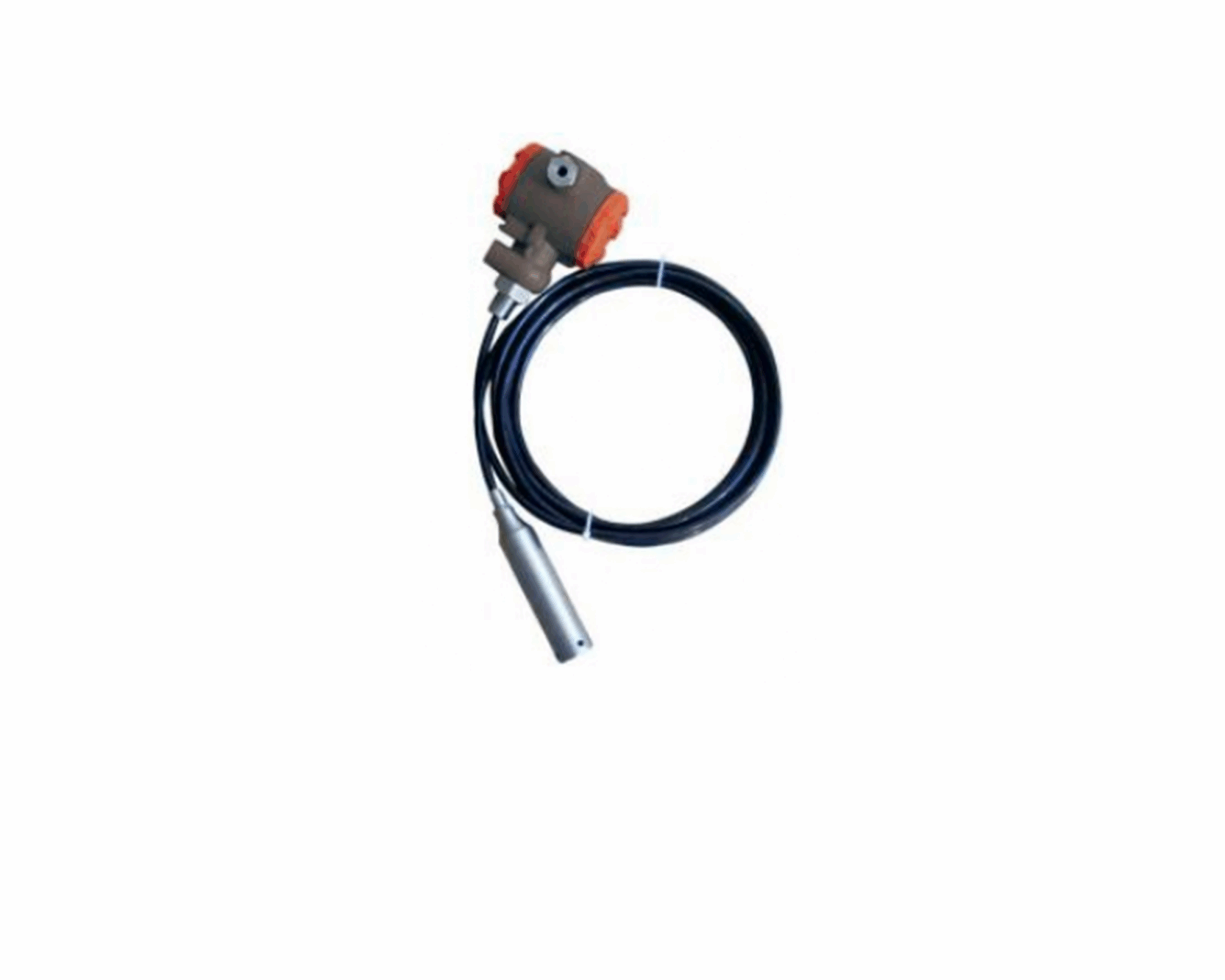Liquid level meter is an industrial instrument used to measure the height of liquid (or solid particles) in a container or equipment. Its core function is to monitor, control and protect the storage and transportation of materials in industrial processes in real time. The following is its specific function classification:
1. Core function
Liquid level monitoring
Real-time display of liquid/material height (such as tank oil level, boiler water level), providing intuitive liquid level data, avoiding errors and risks of manual measurement.
Process control
Through signal output (such as 4-20mA, switch quantity) linkage pumps, valves and other equipment to achieve automatic liquid replenishment, discharge or alarm (such as preventing overflow or dry burning).
Safety protection
Trigger interlock shutdown in dangerous working conditions (high pressure, high temperature, corrosive media) to ensure the safety of equipment and personnel.
Key factors in selection
Medium characteristics: corrosiveness, viscosity, conductivity (such as acid and alkali liquids require anti-corrosion materials).
Working conditions: pressure, temperature, explosion-proof requirements (such as ATEX certification required in the chemical industry).
Accuracy requirements: high accuracy (±1mm) is required for trade settlement, and general monitoring can be relaxed.
Example applications:
Inventory management of oil storage tanks (radar level gauge)
Level control of sterile tanks in the food industry (sanitary magnetic flap)
Dry running protection of sewage treatment pumps (float switch)

